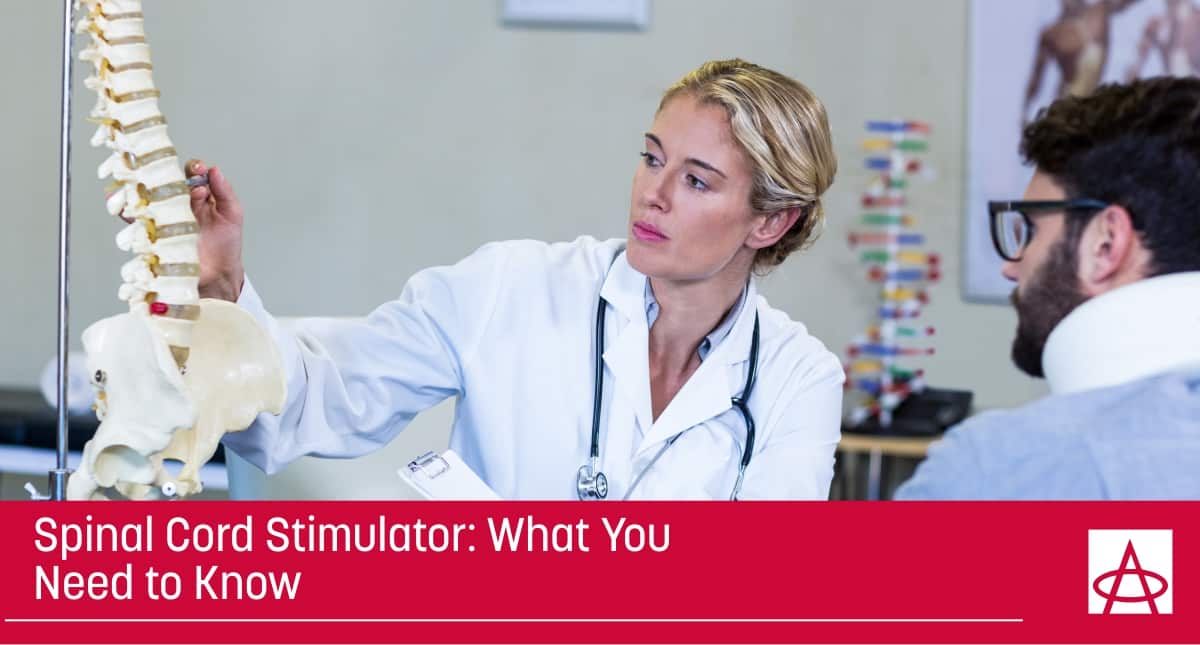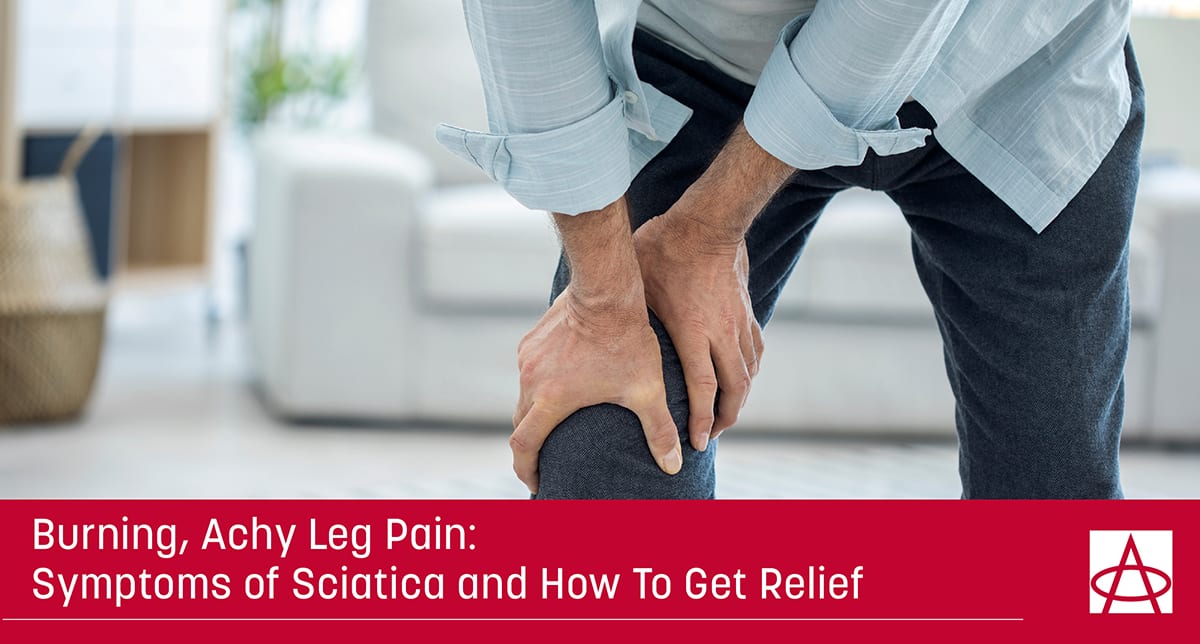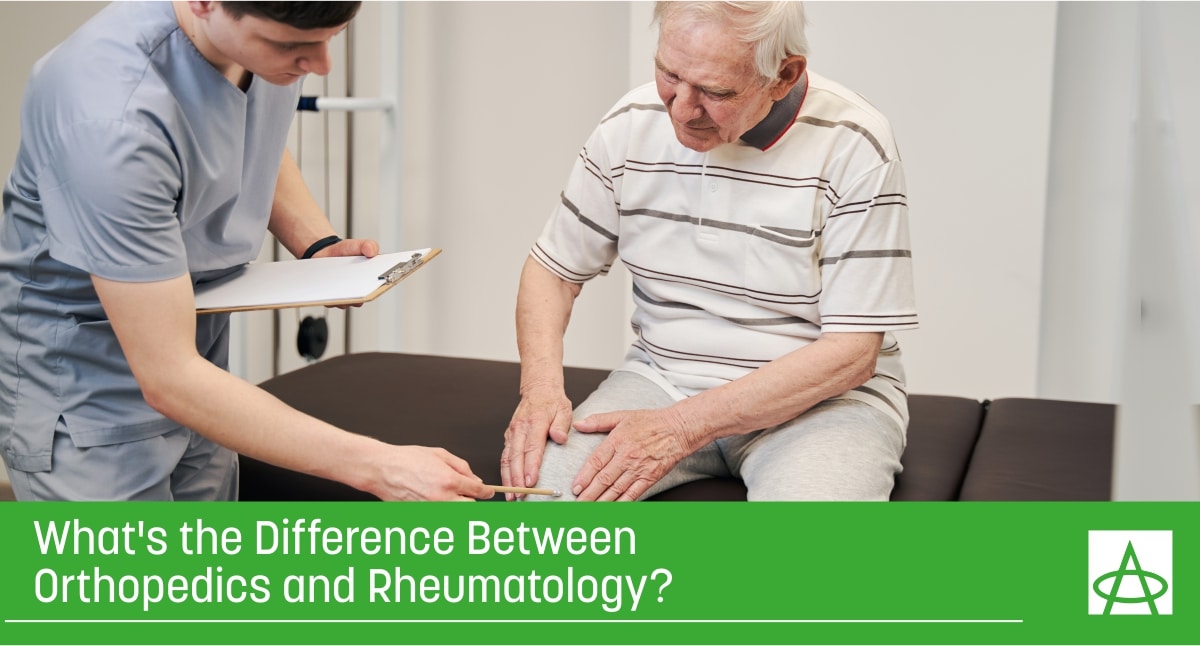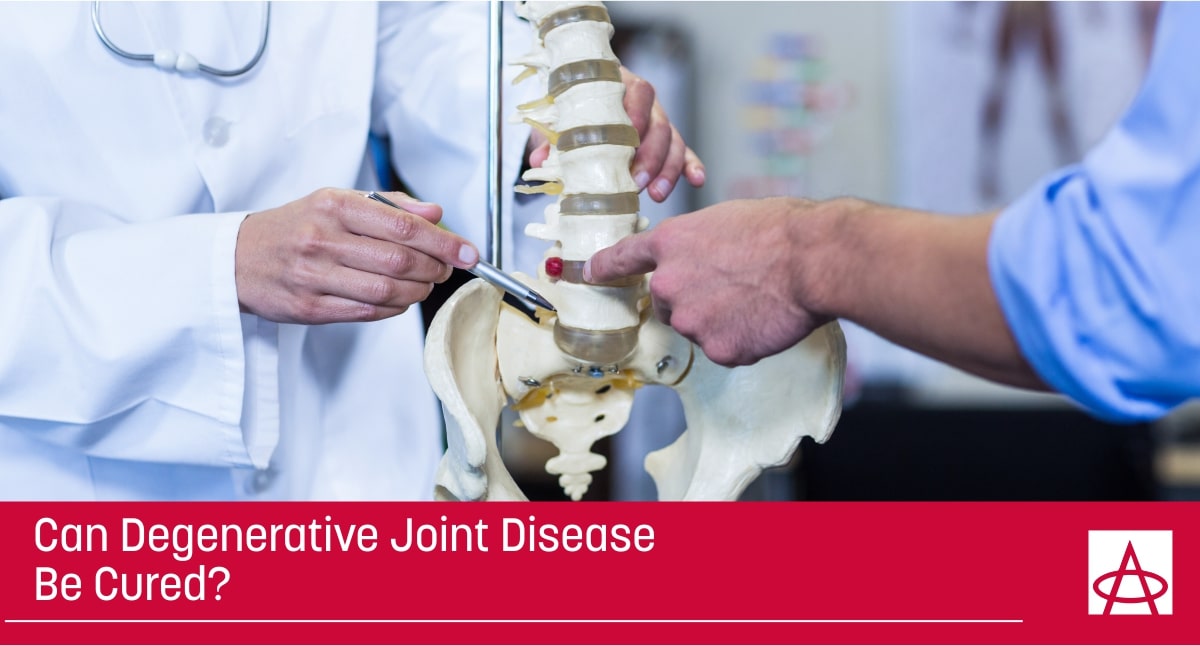What Happens if Chronic Pain is Left Untreated?
We all experience occasional pain at some point, owing to a number of factors like - occupation, improper postures, injuries, and so on. Even though we continue to cope with various pain issues and live normally, it not always possible to deal with all of them on our own; especially those that hamper our ability to perform basic physical movements such as walking, standing, running, etc. If you’re experiencing persistent pain in your body, and face difficulties in doing your everyday tasks, this could be an indication of a chronic pain condition. It is different from the usual and temporary type
Spinal Cord Stimulator: What You Need to Know
If the chronic pain in your back (or neck) prompted you to search online for a suitable treatment, you might have come across results for a Spinal Cord Stimulator. It’s important to know if it may be suited for your condition. To help you with this, we’ve listed everything you should know about Spinal Cord Stimulation. Let’s first begin with the basic understanding of what it is and how it works. A spinal cord stimulator (also known as SCS) is a remotely controlled device that treats or manages different types of chronic pain by sending a low-level electrical current to the
7 Signs It’s Time to See A Neurologist
It’s not surprising to see how some severe disorders like prolonged headaches, vision problems, memory issues, or recurrent pain in different parts of the body, are mistaken by general physicians for common illnesses. Many patients then undergo long medication courses to see no improvement or, sometimes, even worsening of these conditions which impact their everyday activities. When these problems are related to the nervous system processes (the peripheral and central nervous system, spinal cord, and brain); a neurologist must be your go-to physician. Neurologists use non-surgical methods such as medications, nerve blocks, and physical therapy. They are also experts at determining
Dealing With Endometriosis Pain Is Challenging–But There’s Hope!
By Advanced Pain Care Endometriosis is a disease where tissue that usually grows in the uterus during the menstrual cycle is found outside the uterus. It can cause extreme pain and compound with existing menstrual cramp pain. It’s also a common painful condition, affecting as many as 1 in 10 women during their chilbearing years. Most of the abnormal tissue growth occurs in the abdomen, but it could be anywhere in the body. It grows in time with the menstrual cycle and the abnormal tissue growth can cause inflammation and pain wherever it is located. This can cause mild to severe pain
Burning, Achy Leg Pain: Symptoms of Sciatica and How To Get Relief
By Adam Spjute, M.D. Sciatica is a condition where pain radiates from your buttocks and lower back, down your legs, following the same path as the sciatic nerve. However, sciatica is a bit of a misnomer. Most sciatica pain has nothing to do with the sciatic nerve. Sciatica is most commonly caused by issues above the sciatic nerve, in the lumbar spine. These spinal issues can cause pain that mirrors the path of the sciatic nerve. There are many options for sciatica pain relief, ranging from physical therapy to medication to surgical intervention. However, the appropriate treatment is specific to the cause
What’s the Difference Between Orthopedics and Rheumatology?
Approximately 1 out of every 4 adult Americans experience joint pain and stiffness caused by conditions such as arthritis or gout [1]. According to recent research, an estimated 24% of American adults (approximately 58.5 million people) have been diagnosed with gout, lupus, rheumatoid arthritis, general arthritis, or fibromyalgia [2]. When suffering from persistent, acute, or chronic pain, knowing whom to consult for the right treatment is a crucial first step. Both orthopedics and rheumatology specialists can provide effective management and treatment of these conditions. However, while one treats them with surgical options, the other explores medical and non-surgical treatment options to
You Might Be Using the Wrong Approach When Treating Pain at Home! Try Cold Therapy Instead
By Advanced Pain Care Cold therapy, or cryotherapy, is a healing technique that exposes parts of the body or the whole body to controlled periods of extremely cold temperatures. Cold therapy can be used for a localized, smaller area like a joint or muscle, or larger swaths of the body. It can also range from a simple ice pack to much more advanced techniques like nitrogen chambers. Cold temperatures decrease blood flow to the area being treated for a short period, which can aid in reducing swelling, inflammation, and even nerve activity. In turn, this will reduce pain around the muscles, joints,
Can Degenerative Joint Disease Be Cured?
Degenerative joint disease affects millions of people worldwide, primarily in the form of arthritis. In the United States alone, approximately 32.5 million people suffer from osteoarthritis, which is one of the most common forms of the 100 different types of arthritis. While the highest incidence is among people aged 55-64, with women being the most affected, those above the ages of 45 are also susceptible to this joint degeneration[1]. Degenerative diseases of the joints develop with inflammation in the joints or when the cartilage within the joints in the human body (usually the spine, hands, hips, and knees) begins to wear
Lingering Pain From an Old Injury? How to Address Pain That Doesn’t Go Away
By Advanced Pain Care Lingering pain can come from many different sources: an old trauma, surgery pain, or pretty much any injury that should have gotten better, but hasn’t. It’s usually a frustrating experience to be saddled with pain when it should have gone away. We know that any kind of pain can affect our mindset and mental health. This is especially true with lingering pain or pain that doesn’t go away, because there’s a whole other dimension of helplessness that colors the experience. However, the unfortunate truth is that the experience of pain varies widely and no two people have the
Demystifying Intrathecal Pain Pumps: What to Expect
By Advanced Pain Care Intrathecal pain pumps can sound intimidating, but they’re actually a great option for patients with severe chronic pain who haven’t yet found a treatment that works well for them. An intrathecal pain pump is placed under the skin and administers pain medication at a regular rate to combat severe chronic pain. The pain pump itself is a reservoir that holds the medicine and is connected to an intrathecal catheter which runs through the thecal sac, the area around the spinal cord that is filled with fluid. The pain medication is delivered to this thecal sac area at a











